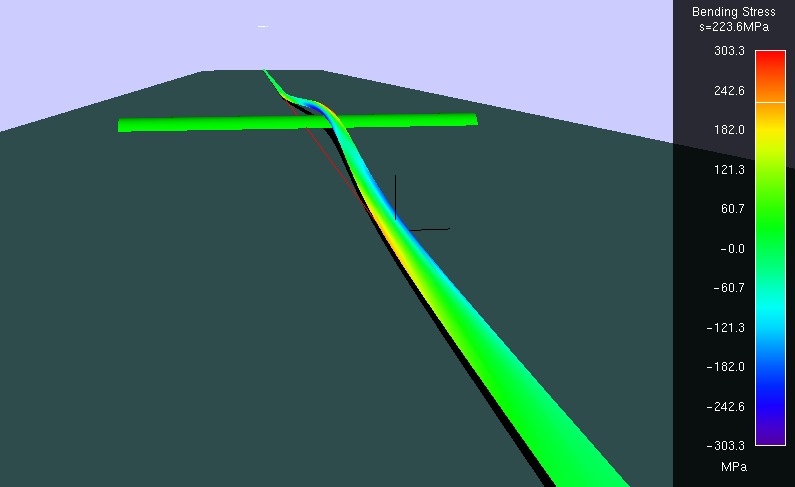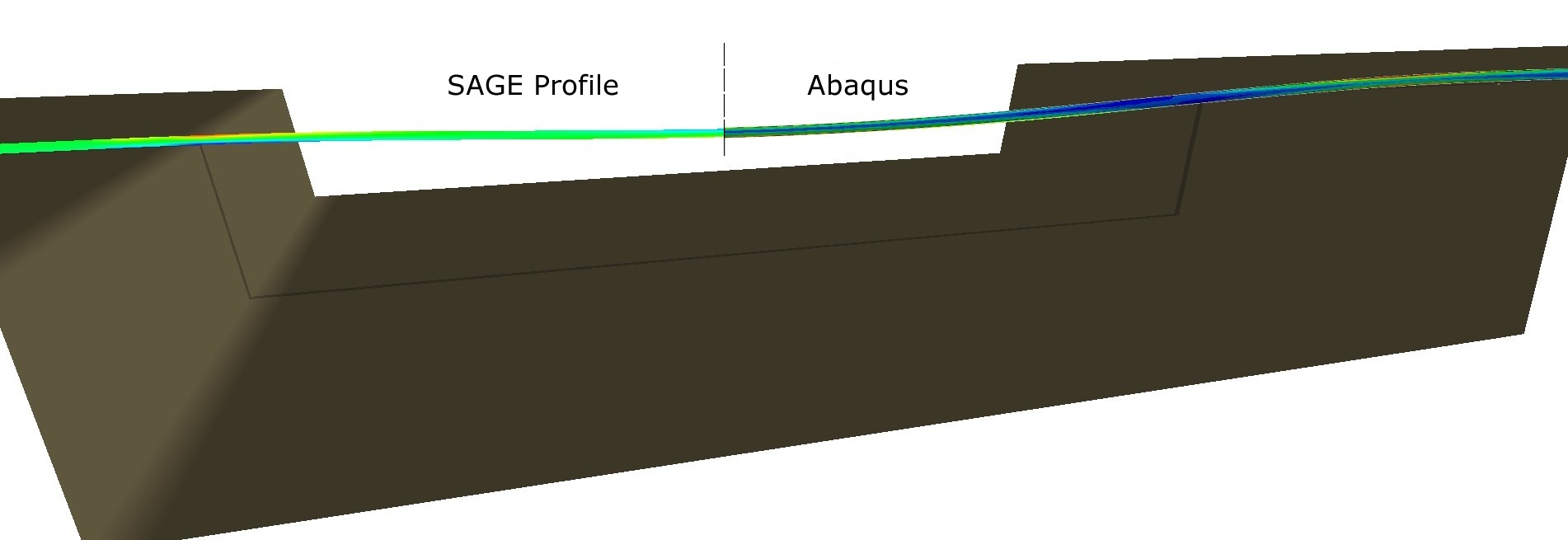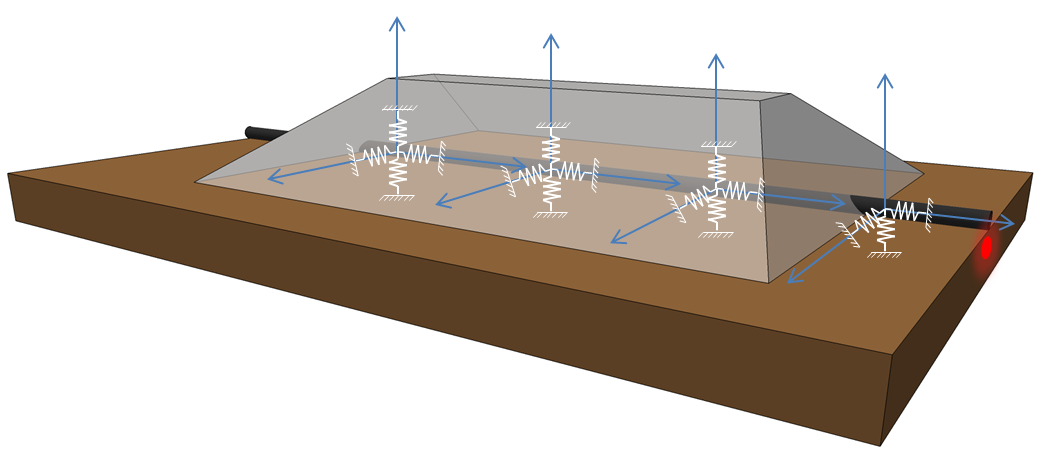SAGE Profile, the market leader software suite for offshore pipeline analysis, is used worldwide for on-bottom roughness analyses, free span evaluation and on-bottom stress analyses. The latest versions of the software are increasingly being used to tackle more complex pipeline problems, like upheaval buckling, pipeline walking and lateral buckling. Recently, the pipeline engineering students at Cranfield University have demonstrated the ability of SAGE Profile to predict susceptibility to lateral buckling
During their research assignment for the M.Sc. in Ocean and Offshore Technology, the pipeline engineering students at Cranfield University performed SAGE Profile simulations of lateral buckling on a full 3D Digital Terrain Model. The SAGE Profile results compared well with analytical approximations (Hobbs theory) and the Abaqus benchmark.
Different methods to fire an engineered buckle were explored, like introducing (dual) sleepers, adding buoyancy modules, locally reducing seabed friction factors, or performing snake lay simulations. The results indicated that SAGE Profile can be used to evaluate the susceptibility to lateral buckling for high pressure, high temperature pipelines and flowlines.
 Lateral buckle triggered at sleeper location in SAGE Profile 3D Viewer
Lateral buckle triggered at sleeper location in SAGE Profile 3D Viewer
 Cranfield students with Filip Van den Abeele
Cranfield students with Filip Van den Abeele




